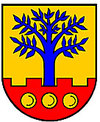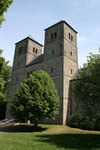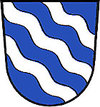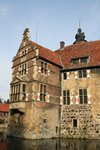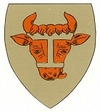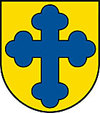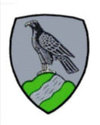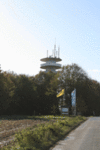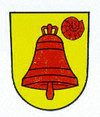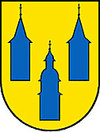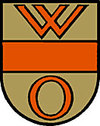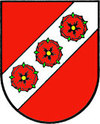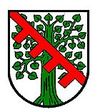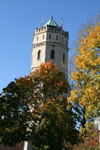Luedinghausen
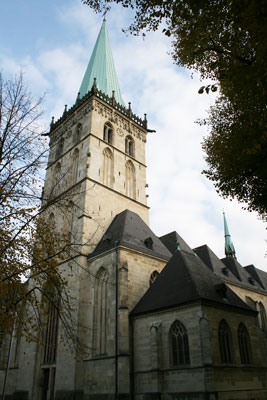
Lüdinghausen's first mentioning as 'Ludinchusen' happened on the occasion of the transfer of a farm to the holy Liudger by Snelhard in the year 800. In the year 974, the settlement around the church, which belonged to the abbey Werden, received market rights and the privilege of minting.
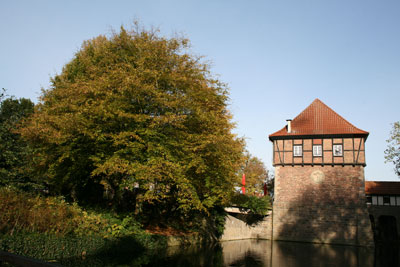
In the year 1309, Lüdinghausen received its rights of a city arbitrary through the masters of Lüdinghausen respective Lüdinghausen-Wolff. In 1443, Lüdinghausen came to the Hochstift Münster. In the year 1499, it sold town and position to the cathedral chapter.
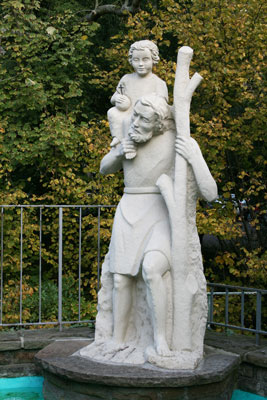
In 1507, the foundation for the construction of the Felizitas church started, which still has today, Europe's most massive sandstone pillars ad biggest village church. In 1803, Lüdinghausen became district city in the newly formed district Lüdinghausen and developed into a middle centre of the surrounding villages with a catchment area with a population of over 100 000. After several small-part exclusions, the rural community Lüdinghausen was dissolved and integrated into the city on the 1st of July 1969.
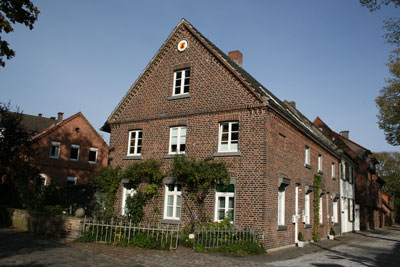
On the 1st of January 1975, Seppenrade was finally incorporated. As the district Lüdinghausen was dissolved at the same time, the city lost its district administration seat. Lüdinghausen was integrated into the district Coesfeld.
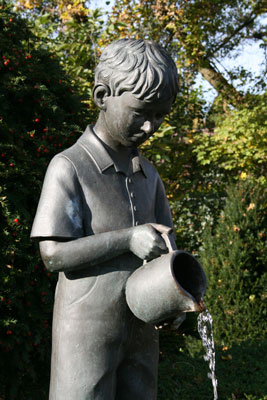
Lüdinghausen is known as the three-castle-town. Well worth seeing is especially the moated Lüdinghausen Castle and Vischering Castle. The third castle inside the town Lüdinghausen, is the Wolfsberg Castle. In the surrounding area, there are six further castles, which belong to the city area since the county reform. The most popular is probably Kakesbeck Castle.

 Deutsch
Deutsch Nederlands
Nederlands Dansk
Dansk Österreichisch
Österreichisch Po Polsku
Po Polsku Italiano
Italiano Francaise
Francaise Portugiesisch
Portugiesisch



